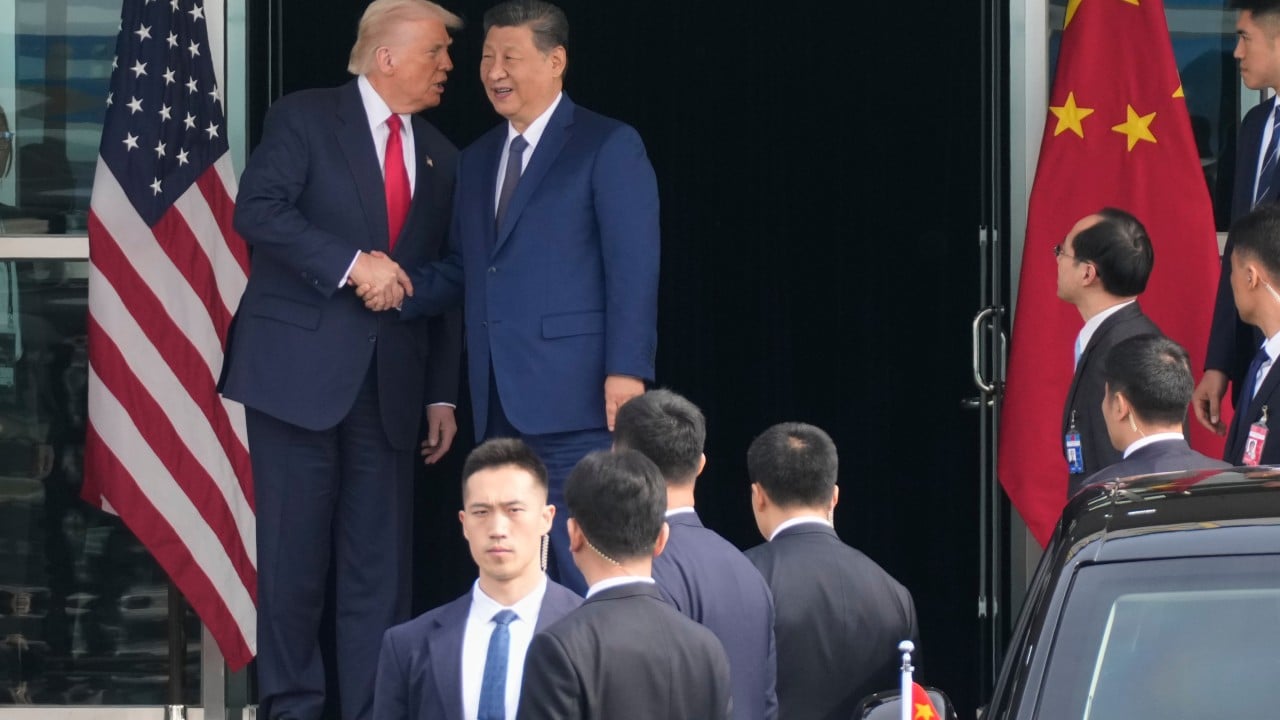Another high-stakes face-off between the United States and China has come and gone. The much-anticipated summit between Chinese President Xi Jinping and US President Donald Trump in Busan, South Korea, resulted in agreement on several points.
Advertisement
The US agreed to reduce its so-called fentanyl tariffs on China by 10 per cent, suspend recently tightened technology restrictions for a year and suspend an investigation into Chinese shipbuilding practices.
China, according to a White House fact sheet, pledged to scale back retaliatory tariffs on the US, take steps to stem the flow of fentanyl precursors, recommence purchases of US soybeans and delay its planned restrictions on rare earth exports for at least a year.
On a scale of one to 10, Trump proclaimed the success of the meeting as a “12”. However, the summit only served to highlight an uncomfortable reality. The US-China relationship has settled into a predictable and not particularly productive rut: transactional deals are being cut on an evolving laundry list of discreet irritants, while the underlying structural issues that gave rise to the frictions in the first place are ignored. This is bad for both countries, but the dynamic suits China’s interests more than the US’.
The US and China are engaged in the most significant geopolitical rivalry since the Cold War. However, the contest is substantially more complicated by the deep economic integration that binds the countries together as they simultaneously compete for global leadership in technologies that will determine economic and military pre-eminence in the decades to come. Neither country is about to disappear.
At this fraught moment, the US and China should be engaged in serious-minded, long-term conversations on how to construct a new modus vivendi that will allow their two profoundly different systems to coexist within a single global framework.

